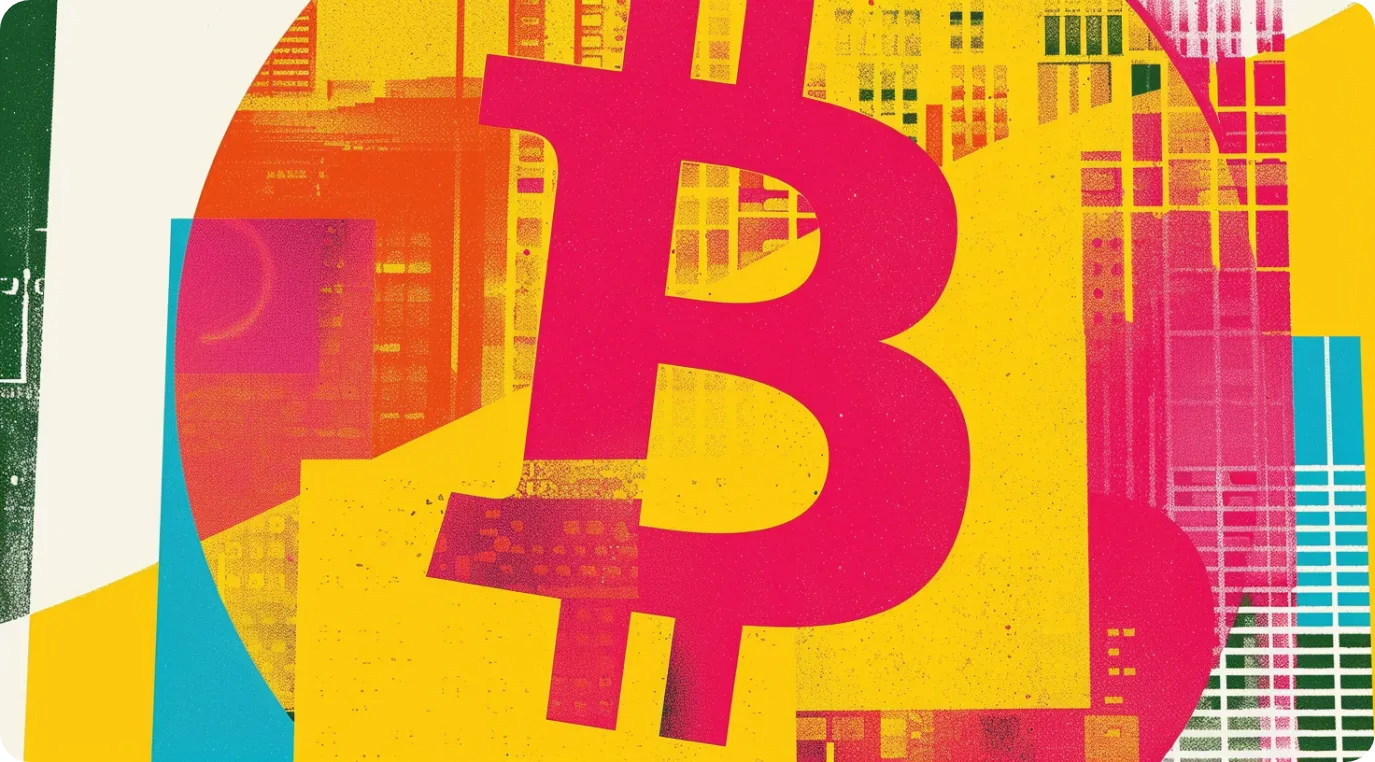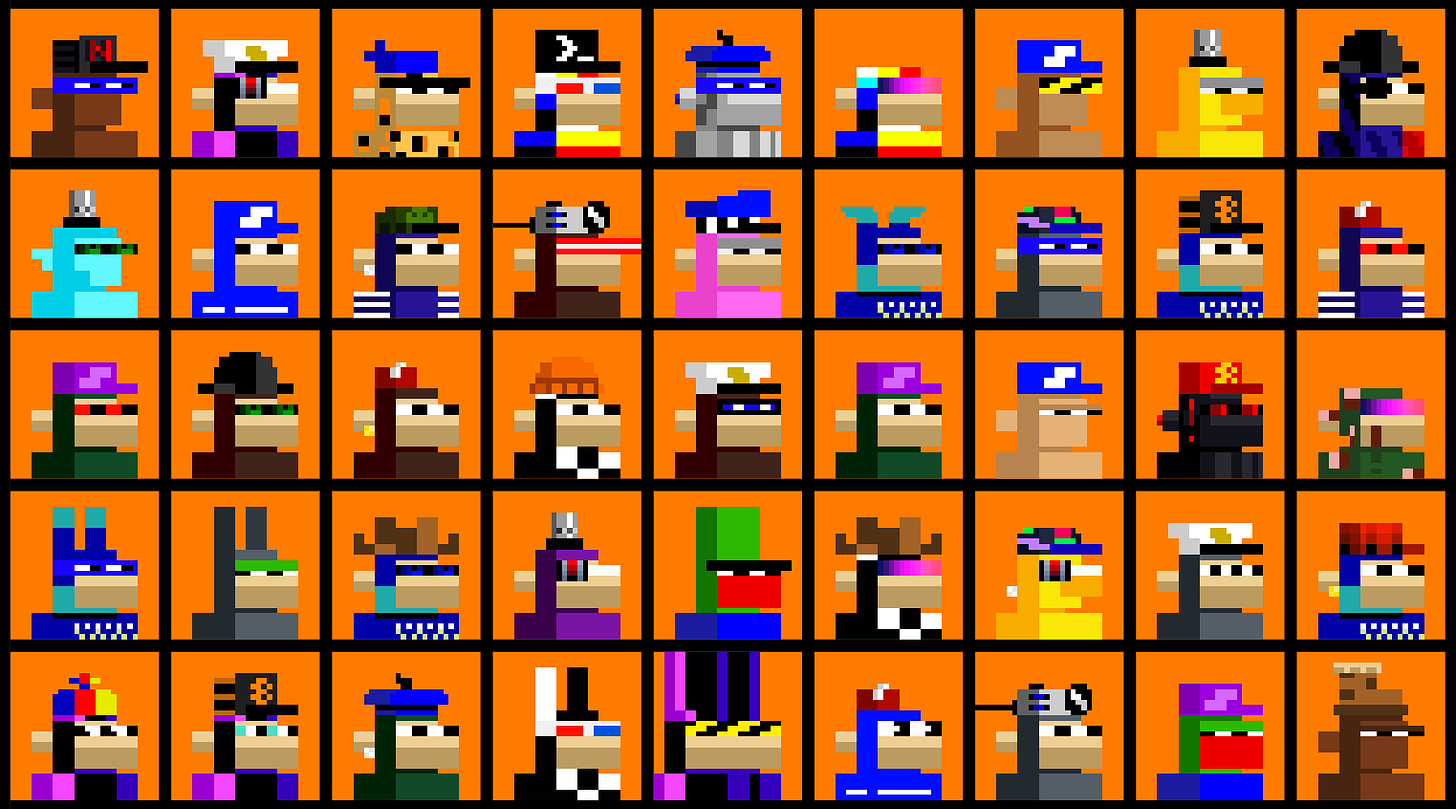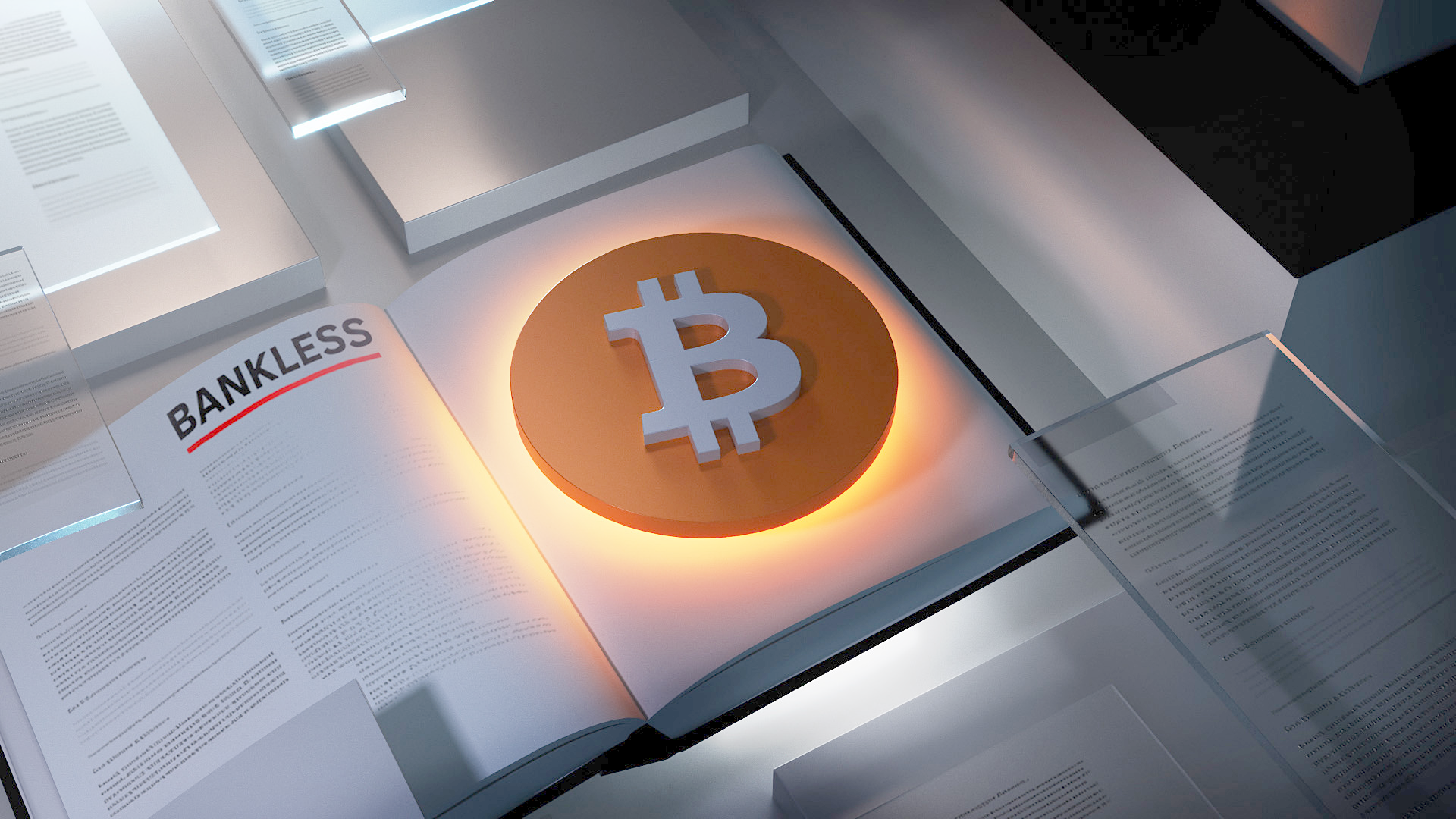Bitcoin, created in 2009 by the pseudonymous Satoshi Nakamoto, was the first cryptocurrency and blockchain. It has revolutionized digital finance by enabling peer-to-peer transactions without the need for intermediaries.
Key takeaways
- Bitcoin is the first and most well-known cryptocurrency, functioning as both a digital currency and a store of value with a capped supply of 21 million coins.
- Transactions are verified and secured through a decentralized network of miners using a Proof-of-Work (PoW) consensus mechanism.
- Bitcoin is evolving with innovations like Ordinals, Layer 2 (L2) solutions, and new opcode proposals like OP_CAT, enhancing its functionality and scalability.
What is Bitcoin?
Bitcoin is a decentralized digital currency that operates on a peer-to-peer network, allowing users to send and receive payments without relying on a central authority like a bank. This system pioneered blockchain technology, a digital ledger where all transactions are recorded in a chain of blocks.
Users initiate transactions by sending Bitcoin (BTC) from one address to another. Each transaction is broadcast to the Bitcoin network and collected into a block.
Miners, who are network participants, use computational power to solve complex mathematical puzzles that validate transactions in a process known as Proof of Work (PoW). The first miner to solve the puzzle adds the block to the blockchain and is rewarded with newly minted Bitcoin and transaction fees.

The decentralized nature of Bitcoin, where thousands of nodes participate in validating and securing the network, ensures that no single entity can control or alter the blockchain. This makes Bitcoin resistant to censorship and fraud.
Additionally, Bitcoin's fixed supply of 21 million coins makes it a deflationary asset, often likened to digital gold. Its issuance rate is halved approximately every four years in an event known as the "halving," reducing the rewards for mining and increasing scarcity over time.
What are Bitcoin's latest advances?
Ordinals

Introduced in January 2023 by Case Rodarmor, Ordinals is a protocol that enables the inscription of arbitrary data, such as text and images, directly onto individual satoshis, the smallest units of Bitcoin. This process transforms these satoshis into unique digital artifacts, similar to NFTs.
Unlike many Ethereum NFTs, though, Ordinals are fully onchain, providing permanent storage and enhancing the durability of Bitcoin-based collectibles.
The rollout of Ordinals has led to a surge of activity around Bitcoin’s NFT scene, inspiring innovations like BRC-20s and Runes and rejuvenating interest in older ones like Bitcoin Stamps. Some NFT projects that have risen to the fore here recently include NodeMonkes, Bitcoin Puppets, and Pizza Ninjas.
Runes
Runes are fungible tokens created directly on the Bitcoin blockchain using the Runes protocol, which Ordinals creator Casey Rodarmor introduced in September 2023. This protocol is designed as a more efficient alternative to the Ordinals-based BRC-20 standard for fungible tokens. Unlike other Bitcoin fungible token protocols, Runes do not rely on offchain data or require a native token.
Bitcoin L2s
Bitcoin L2s aim to address the scalability limitations of the main Bitcoin network. These innovations are vital as they help reduce high fees and improve transaction speeds, allowing Bitcoin to support new use cases. Some notable Bitcoin L2 projects include:
- Lightning Network: A payment channels protocol that enables fast and low-cost BTC transactions directly between users. It allows for offchain transactions that are eventually settled on the Bitcoin blockchain, reducing congestion and fees while providing near-instant transaction confirmations.
- Stacks: A Bitcoin L2 that offers smart contracts on Bitcoin using Proof of Transfer (PoX) consensus, allowing users to stake STX tokens to earn BTC and enhancing the functionality and security of the Bitcoin network.
- BitVM: A system that introduces smart contracts on Bitcoin by verifying computations rather than executing them, enabling advanced functionalities without requiring changes to Bitcoin's existing rules.
- StarkWare: The creators of Ethereum's popular Starknet L2 plan to bring zero-knowledge (ZK) scaling to Bitcoin, leveraging the OP_CAT opcode to enable smart contracts and advanced financial instruments on the network.
OP_CAT

OP_CAT, or "Operation Concatenate," is a proposed opcode for Bitcoin's scripting language. Reintroducing OP_CAT would enable more complex transaction conditions and functionalities, such as covenants, which are predefined rules for how Bitcoin can be spent in future transactions. This would facilitate advanced features like smart contracts and improve the scalability and trustlessness of Bitcoin L2 solutions via new projects like CatVM.
Why Bitcoin?
Bitcoin's significance stems from its foundational role in the cryptoeconomy and its unique attributes that continue to drive its adoption and development.
- Proven Stability: As the first cryptocurrency, Bitcoin has established a track record of security and reliability. Its decentralized network has withstood various challenges, maintaining its integrity and trustworthiness.
- Digital Gold: Bitcoin's fixed supply and halving events create a deflationary asset that many investors view as a hedge against inflation and economic instability. Its scarcity and widespread recognition enhance its role as a store of value.
- Evolving Possibilities: The Bitcoin community continues to innovate with advancements like Ordinals, L2 solutions, and opcodes like OP_CAT. These developments expand Bitcoin's capabilities, making it more versatile and capable of supporting a wider range of applications.
How to invest in Bitcoin?
To invest in Bitcoin, you will need two things: BTC and a Bitcoin wallet.
BTC is the native token of the network and is used for paying for Bitcoin transaction fees. At the time of this guide's latest update, BTC was trading around $65,300 per coin with a market capitalization of $1.3 trillion, making it the largest crypto today by a safe margin.
The most straightforward way to acquire BTC is to purchase some on a crypto exchange platform like Coinbase or Kraken. You don’t have to purchase one whole BTC at a time and instead can buy fractional amounts as you please. For example, right now $65.30 would fetch you 0.001 BTC per the current BTC /USD exchange rate.
Once you have some BTC ready to go, you’ll want to deposit it into a personal wallet that you control. If you’re looking for an experience similar to what you’re used to in the Ethereum or Solana ecosystems, consider browser extension wallets like Leather, Magic Eden, or Xverse. All three of these wallets support BTC, Ordinals, BRC-20s, and rare sats.
The future of Bitcoin
In contrast to Ethereum’s ambitious development roadmap, Bitcoin is maintained more conservatively and doesn’t have any major network upgrades on the horizon. This conservativeness has made Bitcoin more palatable to the financial mainstream as evidenced by the recent approval of BTC ETFs in the U.S.
That said, the network has become a strong base for external protocols like Ordinals and Stacks that can extend its functionalities toward new ends. In the years ahead, look for a surge of more projects building on and around Bitcoin via these sorts of additional layers as interest has been renewed here since 2023.
However, challenges do remain. For instance, Bitcoin’s mining rewards are halved every four years, a reality that could make it unprofitable to secure the chain in the distant future if transaction fee revenues don’t rise enough to compensate for the shortfall. Additionally, it seems likely that pressure will rise for Bitcoin to move to the greener Proof-of-Stake (PoS) consensus model as environmental concerns over the PoW mining approach continue on.
All in all, with the growing recognition of Bitcoin as both a store of value and a platform for technological exploration, the future looks bright. The Bitcoin community's commitment to maintaining the network’s foundational principles while builders experiment with new layers of functionality promises to keep the original blockchain at the forefront of the cryptoeconomy for the foreseeable future.
